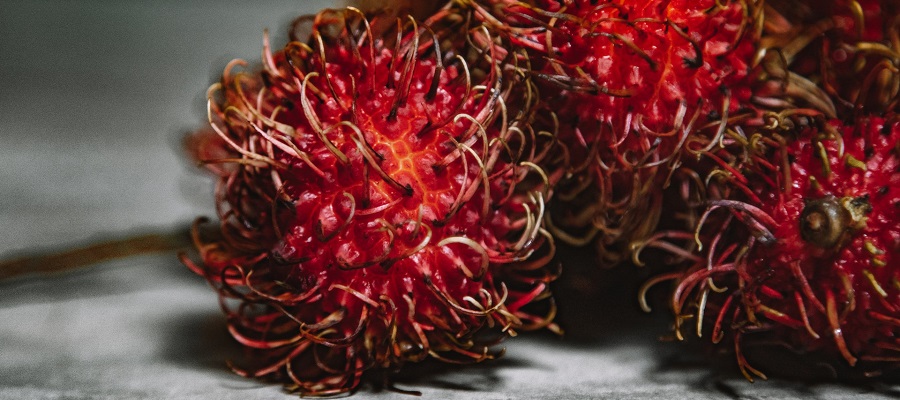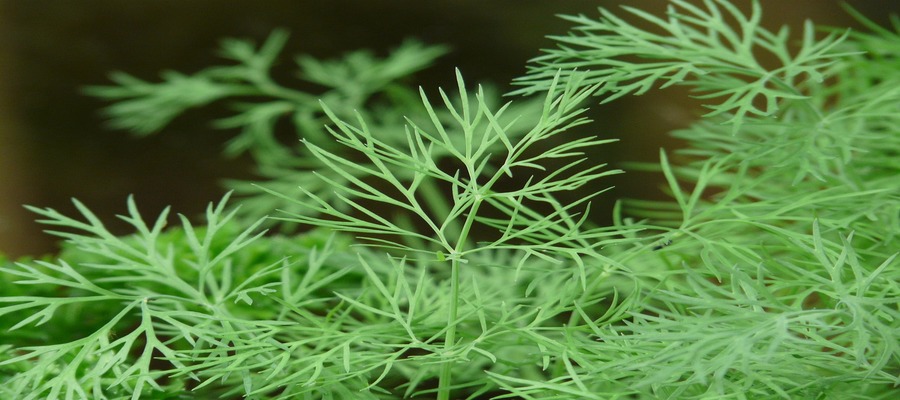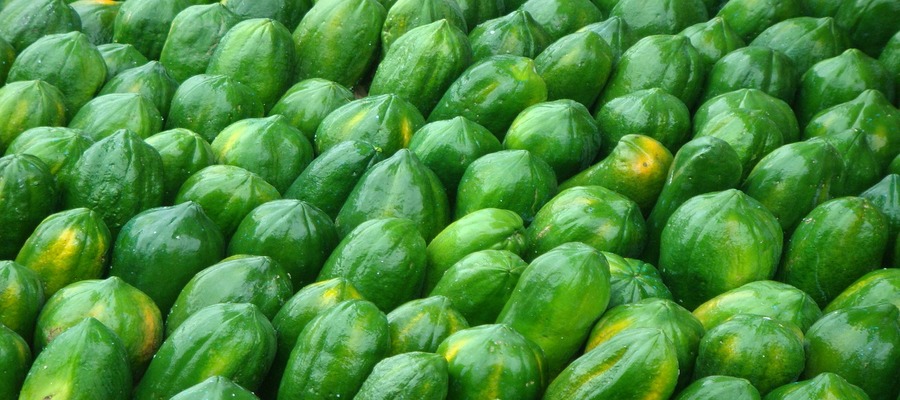A lot of people from the western part of the world knew little about the tropical fruit called Rambutan. This was primarily because the spiny red fruit was native to Malaysia. The little that is known about Rambutan is its resemblance with the longan and lychee fruits.

image source: Pixabay.com
Here is what you need to know about the spine-covered, tropical fruit from Malaysia.
What is Rambutan?
Rambutan (Nephelium lappaceum) is a tropical, spiny fruit that is found primarily in Southeast Asia. It grows in a tree that reaches up to 27 meters and flourishes in tropical climates such as Indonesia, Malaysia, etc. The tree belongs to the soapberry family and has been cultivated in many parts of the world, namely Central America, etc.
Rambutan is native to Southeast Asia and is believed to have originated in the Malay Archipelago, which includes countries like Indonesia, Malaysia, and the Philippines. The fruit is highly popular and widely cultivated in these regions.
Rambutan trees thrive in tropical climates, particularly in areas with abundant rainfall and warm temperatures. They are typically found in countries such as Thailand, Vietnam, Cambodia, Laos, Myanmar, and Sri Lanka, among others. Rambutan cultivation has also spread to other parts of the world with similar climatic conditions, including parts of South America, Africa, and the Caribbean.
Today, rambutan is enjoyed both locally and internationally. It is exported to various countries worldwide, making it accessible in markets and grocery stores beyond its region of origin.
How to Distinguish Between Rambutan and Lychee
Although lychee and rambutan may belong to the same family, they possess different nutritional values and compositions. Rambutan has spiky exterior while its counterpart, lychee showcases bumpy skin. Rambutan contains an extraordinarily high dietary fiber content, much higher than the amount found in lychee. The spiny red fruit also contains substantial amounts of iron, which help in lowering the risk of gastrointestinal bleeding and anemia. Rambutan, however, does not provide oligonol which can be found in copious amounts in lychee. Both fruits have a sweet taste, sweet aroma but provide different health benefits.
Uses
Rambutan has lots of health benefits that do not reside in the fruit only. For instance, the leaves can be utilized for hair care. All you need to do is to mash the leaves until they turn to paste. Add a small quantity of water, and then squeeze out the extract. Then apply the rambutan extract to your scalp and hair. The mashed leaves promote better hair health. The leaves of this tropical plant can also be used for treating fever. You can start by boiling some of it leaves using three glasses of pure water. Then strain the content through a colander. Drink the mixture three times per day to help your body recover from the fever. If you want relief from a headache or a migraine, mash the leaves and apply them directly to your temples. The seeds of this tropical plant promote skin health. Mash the seeds until it forms a paste, and then apply directly to your skin for an even-looking complexion. Use the rambutan seed paste regularly to help your skin become clearer, softer, and healthier. People with diabetes also find a use for rambutan seeds. This was stated by a news report that was published in the New Straits Times. Take some rambutan seeds and chop them into small pieces. Allow the chopped seeds to dry for some days, and then grind them into a fine powder. Mix the ground, rambutan seeds with hot water, and drink once or at least three times a day. Make sure you take them before you take any meal.
Nutritional Facts
Rambutan – i.e., canned variety – is loaded with manganese and trace amounts of potassium, iron, sodium, zinc, phosphorus, and magnesium. Each fruit also contains a significant number of vitamin C and B vitamins as well. It is also rich in organic compounds such as vanillin, cinnamic acid along with other antioxidants. Rambutan is low in calories as you can only find about 75 grams of calories per 100 grams of fruit. It also has dietary fiber, carbohydrate, and some protein.
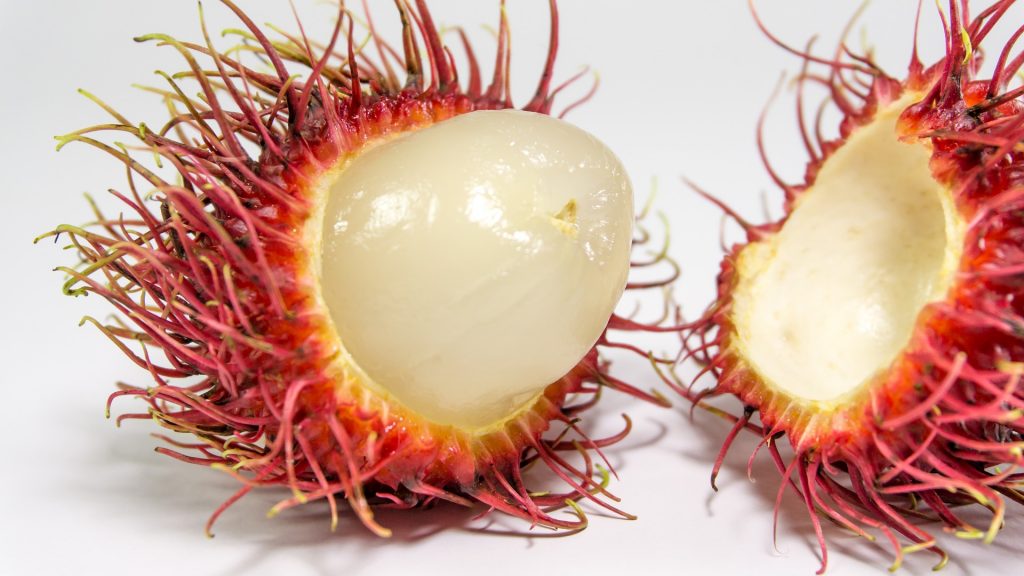
image source: Pixabay.com
Benefits
Rambutan is a tropical fruit that is native to Southeast Asia. It has a hairy exterior and a sweet, juicy flesh inside. While rambutan is primarily enjoyed for its taste and texture, it also offers several potential health benefits. Here are some of the benefits associated with rambutan:
-
Rich in Nutrients: Rambutan is a good source of several essential nutrients, including vitamin C, vitamin A, iron, copper, and manganese. Vitamin C is an antioxidant that supports immune function and collagen synthesis, while vitamin A is important for eye health and immune function.
-
Antioxidant Properties: Rambutan contains various antioxidants, such as flavonoids, phenolic compounds, and vitamin C. Antioxidants help protect the body against free radicals, which are unstable molecules that can cause cellular damage and contribute to chronic diseases.
-
Immune System Support: The high vitamin C content in rambutan can help support the immune system by promoting the production of white blood cells and enhancing their function.
-
Digestive Health: Rambutan contains dietary fiber, which can aid in digestion and help prevent constipation. Including fiber-rich foods like rambutan in your diet can support a healthy digestive system.
-
Hydration: Rambutan has a high water content, which can contribute to overall hydration and help maintain proper bodily functions.
-
Potential Anti-inflammatory Effects: Some studies suggest that certain compounds found in rambutan may possess anti-inflammatory properties. However, further research is needed to fully understand and confirm these effects.
It's important to note that while rambutan offers potential health benefits, it is still primarily a fruit and should be consumed as part of a balanced diet that includes a variety of fruits, vegetables, whole grains, and other nutrient-rich foods.
The following are the benefits of this tropical fruit:
- Aids in weight loss
- Skincare
- Aids digestion
- Haircare
- Boosts energy metabolism
- Cures fever
- Improves development and growth, etc.
Side effects
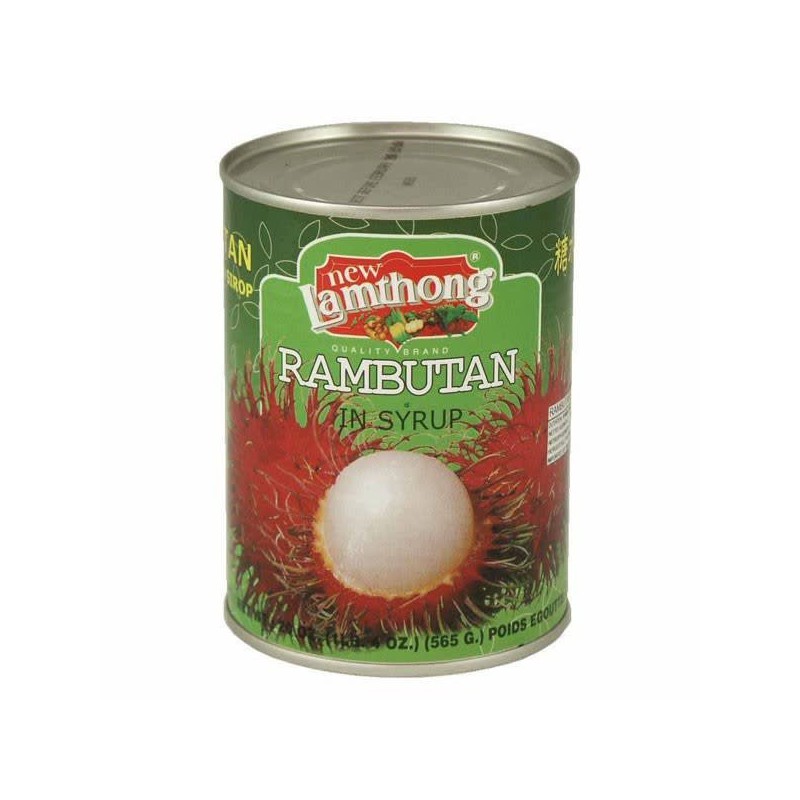
Rambutan in can
When rambutan has ripened too far or overeaten, there will be side effects, especially if you are hypertensive or diabetic. The seeds are also poisonous if you eat them raw. You can reduce their toxicity by cooking or boiling them very well. So, be careful when eating this tropical fruit if you have any of these ailments.
Rambutan is generally considered safe for consumption, and there are no commonly reported adverse side effects associated with eating rambutan fruit. However, it's worth considering a few points:
-
Allergic Reactions: While rare, some individuals may have an allergic reaction to rambutan. If you have a known allergy to other fruits or have experienced allergic reactions in the past, it is advisable to exercise caution when trying rambutan for the first time. Allergic reactions may include symptoms such as itching, swelling, hives, or difficulty breathing. If you experience any adverse reactions after consuming rambutan, it's best to seek medical attention.
-
High Sugar Content: Rambutan is a sweet fruit, and its flesh contains natural sugars. If you have diabetes or are following a low-sugar or low-carbohydrate diet, it is important to consume rambutan in moderation to manage your blood sugar levels.
-
Pesticide Residue: Like other fruits, rambutan may be treated with pesticides during cultivation. To minimize exposure to pesticides, it's advisable to choose organically grown rambutan or wash the fruit thoroughly before consuming it.
-
Digestive Sensitivity: Some individuals may experience digestive discomfort or mild gastrointestinal issues when consuming rambutan, particularly if they have a sensitive digestive system. This could include symptoms like bloating, gas, or diarrhea. If you notice any discomfort after eating rambutan, it may be best to moderate your intake or avoid it.
As with any new food, it's a good idea to introduce rambutan gradually into your diet and observe how your body responds. If you have any concerns or specific health conditions, it's always recommended to consult with a healthcare professional or a registered dietitian before making any significant dietary changes.
Wrap Up
On a final note, you can enjoy rambutan as is or in desserts, smoothies, salads, etc. It is the perfect fruit to help you round out a balanced and healthy diet.
Rambutan can be a delicious and nutritious addition to a healthy diet. Here are some suggestions on how to incorporate rambutan into your meals and snacks:
-
Enjoy it Fresh: Rambutan is most commonly eaten fresh, as a snack or dessert. Simply peel off the hairy exterior to reveal the sweet and juicy flesh inside. You can eat the fruit as is or remove the seed if desired.
-
Fruit Salad: Add rambutan to fruit salads to enhance the flavors and textures. Combine it with other tropical fruits like pineapple, mango, and papaya for a refreshing and nutritious treat.
-
Smoothies and Juices: Blend rambutan with other fruits, such as bananas, berries, or oranges, to create a delicious and nutrient-packed smoothie. Alternatively, you can extract the juice from rambutan and mix it with other juices or use it as a base for refreshing beverages.
-
Toppings and Garnishes: Use rambutan as a topping for yogurt, oatmeal, or cereal to add sweetness and a burst of flavor. It can also be a decorative and flavorful addition to fruit bowls, cakes, or desserts.
-
Rambutan Salsa: Create a unique salsa by combining diced rambutan with ingredients like red onion, cilantro, lime juice, and a touch of chili pepper. This salsa can be served alongside grilled fish or as a condiment for tacos.
-
Freezing: If you have an abundance of rambutan, you can freeze the fruit. Simply peel and remove the seed, place the flesh in a sealed container or freezer bag, and freeze. Frozen rambutan can be enjoyed as a refreshing snack or used in smoothies and frozen desserts.
Remember to consume rambutan in moderation as part of a well-balanced diet. While it offers certain health benefits, it is still important to incorporate a variety of fruits, vegetables, whole grains, and lean proteins to obtain a wide range of nutrients.
